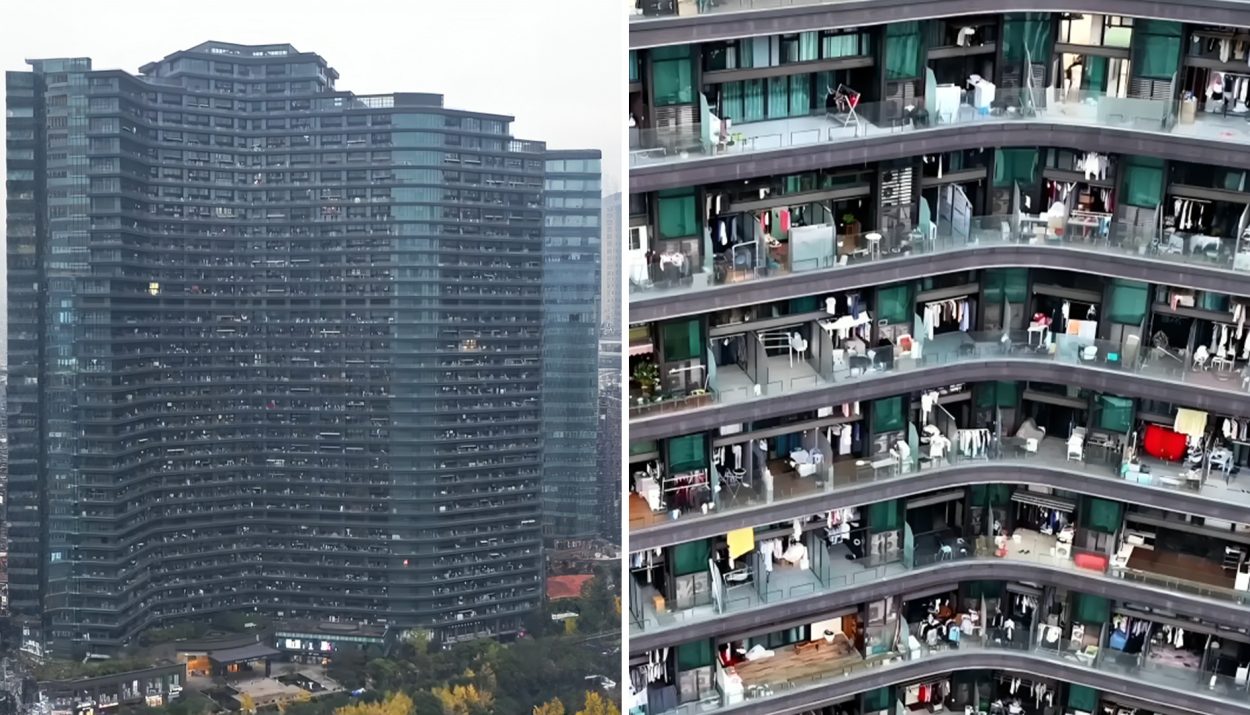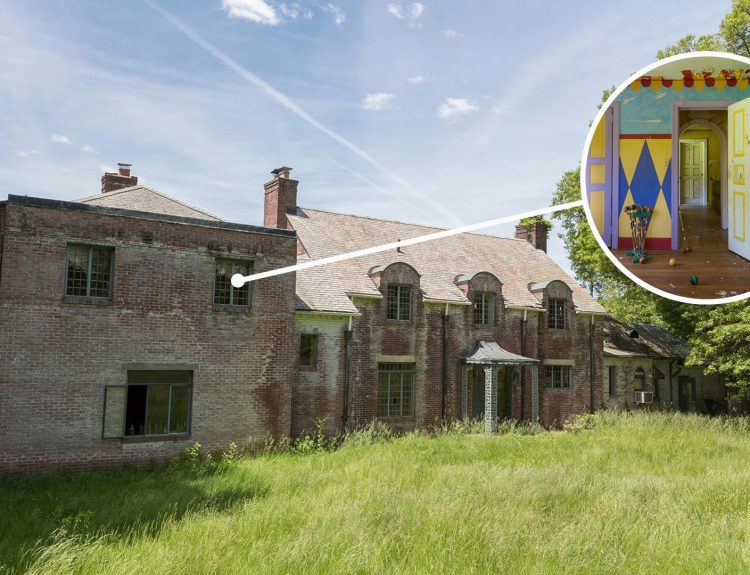Step into a world where your entire universe fits snugly within probably in the range of confines of your apartment block. Imagine never needing to venture beyond those familiar walls. From getting a haircut to grocery shopping, to a spa, and everything else that you need for your comfort and luxury.
Well, for over 20,000 people in China, this isn’t just a fantasy-it’s their everyday existence. Embracing unparalleled convenience, some have never known anything different. Welcome to the epitome of cozy living.
Regent International: Where Luxury Living Meets City Convenience
Hangzhou’s bustling central business hub is the home to the S-shaped Regent International. It initially started as a fancy hotel but transformed into a massive apartment complex. It’s a towering 206 meters tall with 36 to 39 floors depending on which side you’re on.
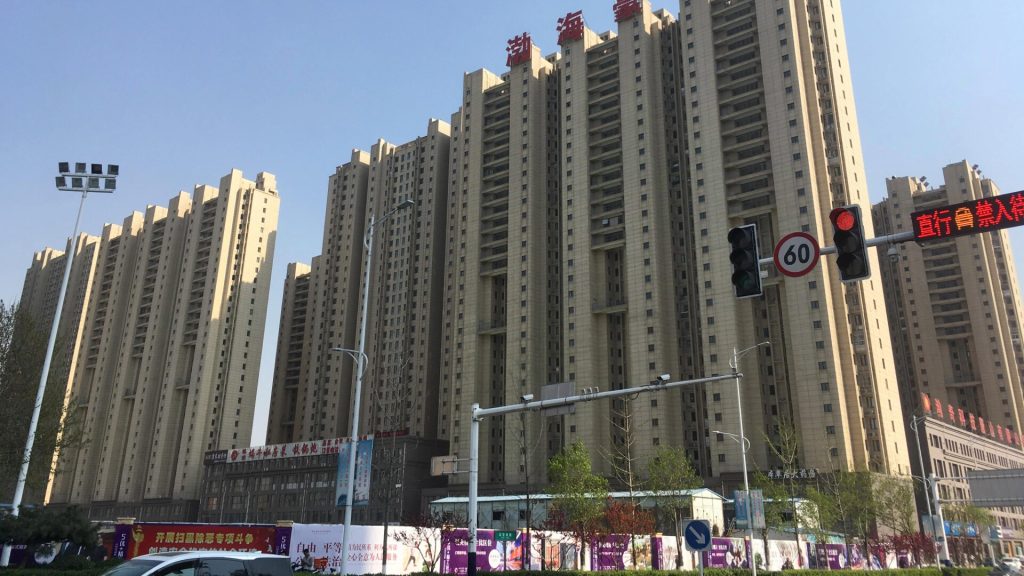
It’s like a mini-city with everything you could want. From a huge food court serving tens of thousands of residents to pools, barber shops, nail salons, supermarkets, and internet cafes. You name it, they’ve got it! With all these luxuries at your fingertips, why step outside?
Life Inside the Regent International: A Modern Marvel In Hangzhou
A breath of fresh air, maybe. Videos showing the massive apartment have been making rounds online. Viewers have been marveling at its abundant amenities and the unique lifestyle of its inhabitants.
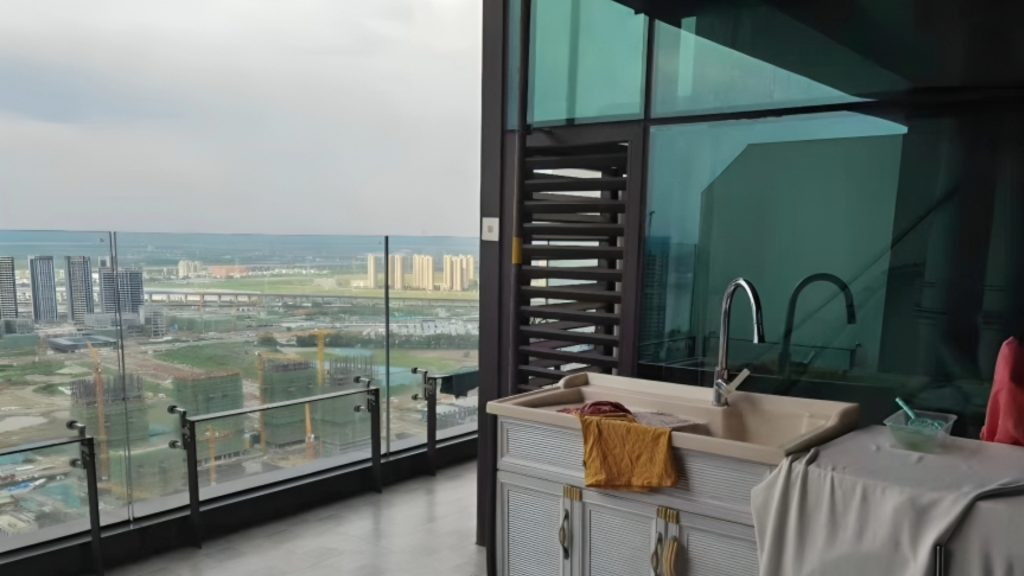
The Regent International building was designed by Alicia Loo. She also designed the world’s second seven-star hotel, the Singapore Sands Hotel. Regent opened in 2013 and quickly became a favorite spot in Hangzhou.
Home To A Diverse Community
Most of its residents are young professionals fresh out of college or still studying. In addition to its diverse residents, Regent International is also home to unique groups.
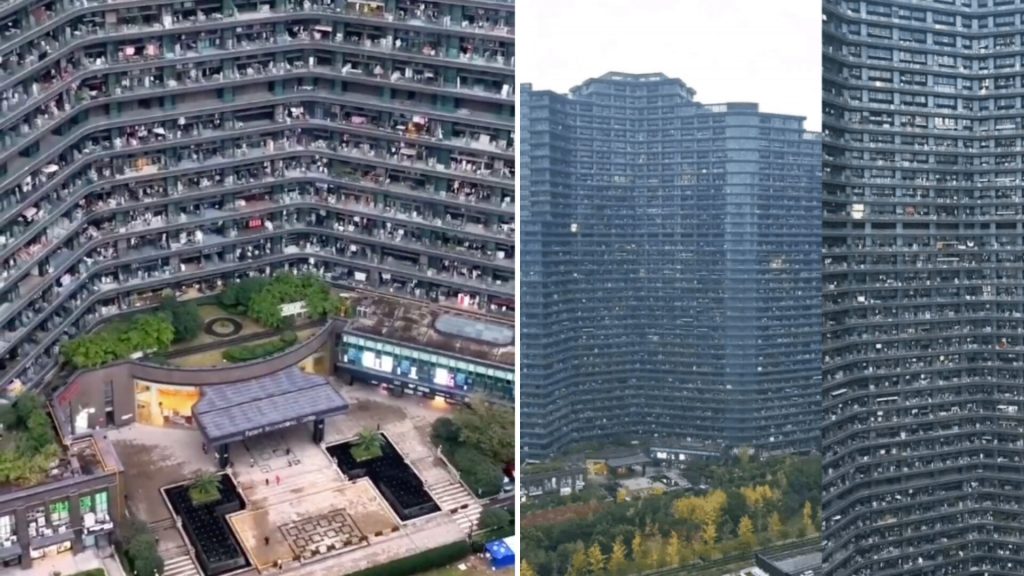
For instance, Xu Zhima, a popular internet personality on Douyin, boasts nearly 300,000 fans. His videos show the decoration of his spacious two-story, 300+ square meter house within the complex. Furthermore, as a commercial property, Regent International hosts small businesses alongside tenants. Among them is a health industry enterprise offering tea services.
Pricing And Population Overview
According to a report from the Chinese news agency Sina, smaller apartments without windows rent for about 1,500 RMB ($220) a month. Larger units with balconies can go for up to 4,000 RMB (550 USD) or more.
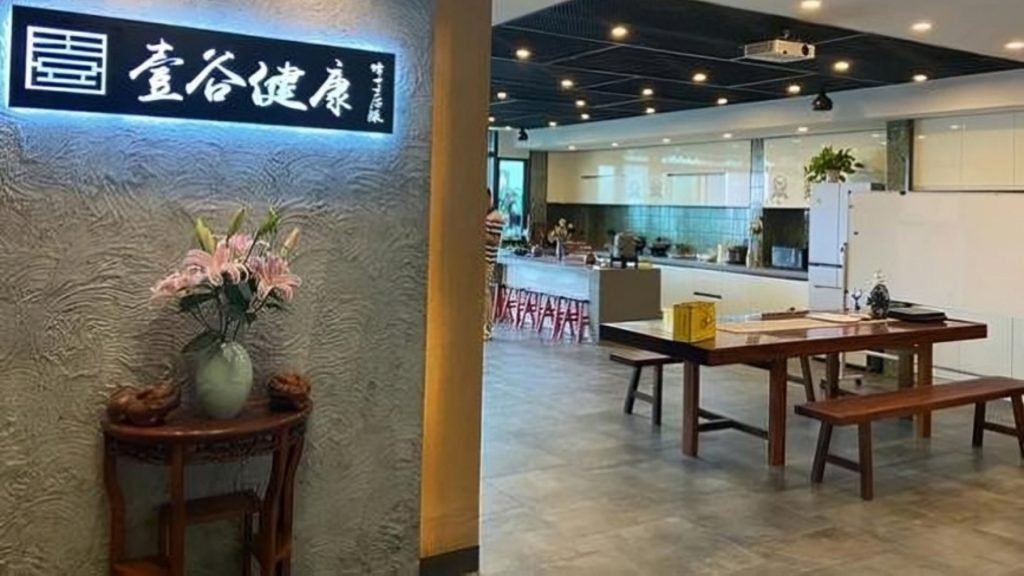
With over 260,000 square meters of space, the Regent International apartment ranks among China’s largest. The exact number of residents has sparked debate on Chinese social media. However, estimates suggest that between 11,000 and 22,000 people call the building home based on its numerous rooms and floors.
Population Estimate: A Quick Calculation
To estimate the number of residents more accurately, let us do some calculations. Each floor of Regent International has 50 room numbers.

Half of the floors of the building are 36 floors, and the other half are 39 floors, so the total number of compartments is 256 (36 + 39) = 11,250. Assuming that 1-2 people live in each compartment, the total number of people living in Regent International is probably in the range of 11,000 – 22,000.
Sky City: China’s Towering Ambition
Back in 2012, China planned to build a super-tall structure called Sky City, which would have been the tallest building in the world at 2,749 feet (838 meters). The construction company, Broad Group from Changsha, aimed to finish building it in only 90 days.
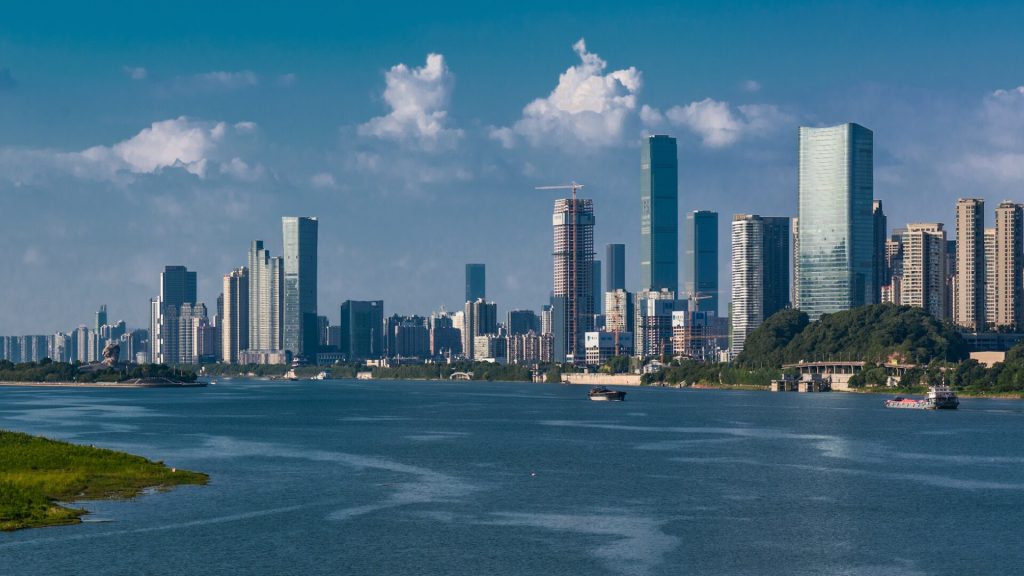
To give context to this bold plan, the Burj Khalifa is currently the world’s tallest structure. It stands at 2,722 feet (over 829 meters) tall and took five years to construct. The ambitious project of Sky City aimed to surpass this, promising to achieve the remarkable feat in just 90 days.
Building A Giant Lego House
How? By using a construction method involving thousands of prefabricated steel and concrete blocks. They would then be transported to the site and assembled like a giant Lego house.

The Broad Group claimed that the 202-story, 1.05 million-square-metre building could reduce traffic. How? By accommodating at least 2,000 cars. This would create a self-sufficient environment where people wouldn’t have to leave.
Vision for Urban Living: A Dream Deferred
They envisioned the tower hosting over 30,000 residents. Along with amenities such as a shopping mall, a school, a hospital, and offices. Not just that but also a rooftop garden, amusement park, sports facilities, organic farm, and a 10-kilometre “walking street.”
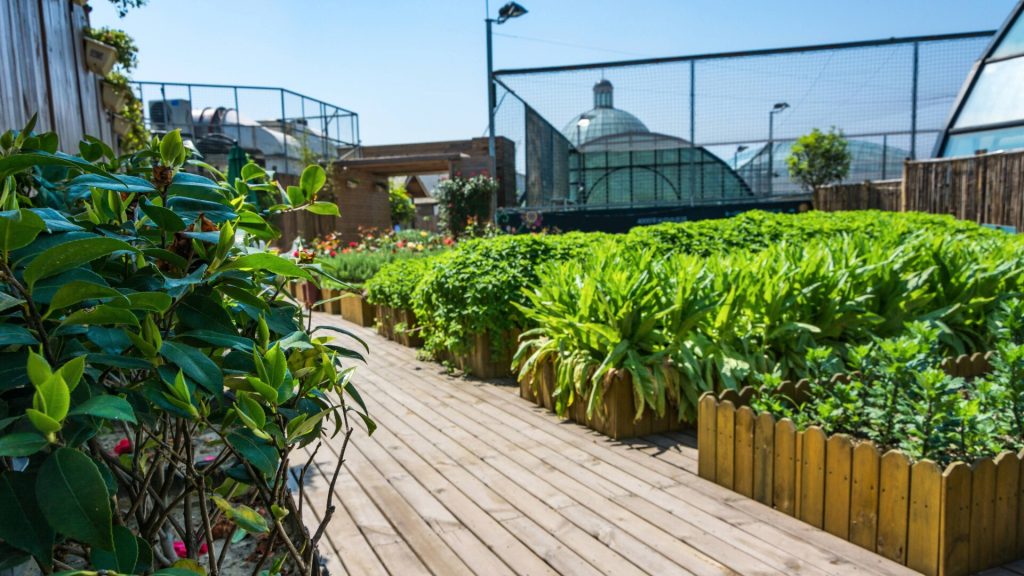
The project was later halted by authorities due to safety concerns and the absence of required approvals. With floodwaters on the rise, nearby farmers have changed the construction site into fish farms.
Mega-Buildings: Hope Vs. Dystopia
Buildings like the Regent International and the failed Sky City project are still the subject of debate. Some view these “small town” apartment blocks as a remedy to the housing shortage. They offer a sustainable and cost-effective option amidst pricey homes. Others regard them as reminiscent of dystopian fiction.
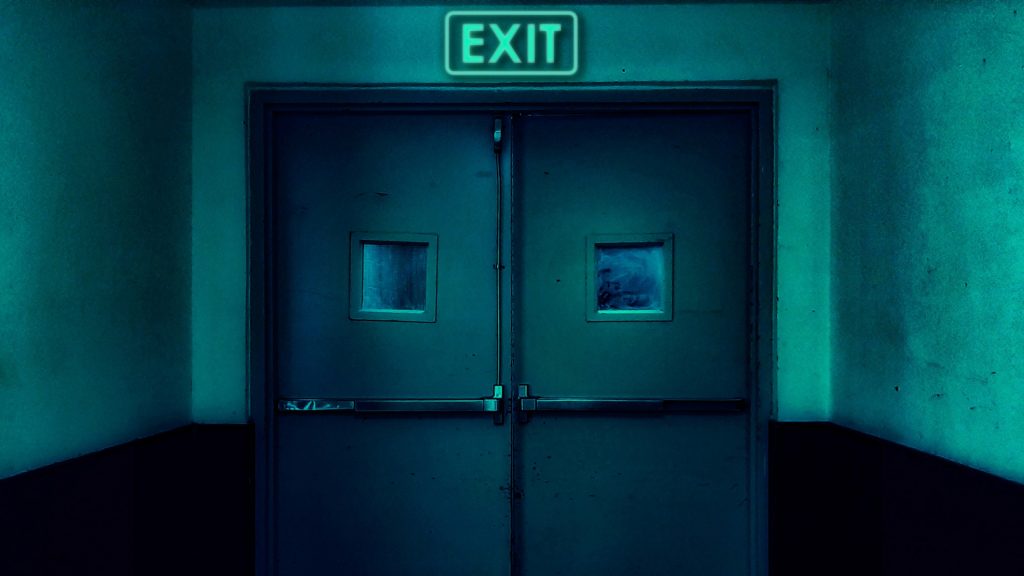
They highlight the safety risks associated with housing thousands of people in a single structure. They also raise concerns about vulnerability during emergencies like fires or individual crises.
The Urban Living Debate
Similarly, housing quality is said to significantly influence mental health. Thus, there’s an ongoing debate about whether these structures adequately support psychological well-being.

Regardless, the unique concept of urban living, creating a self-sufficient community, has received much praise. By seamlessly integrating residential, commercial, and recreational areas, some even hail it as “the most sustainable living building on earth.”
Other Notable Residential Towers Around the World
Not many apartment blocks can match the capacity of The Regent International. But there are certainly some that compete in size. One of which is Whittier, Alaska. Here, 272 residents live in a single 14-floor tower. It is complete with essential amenities like a church, post office, market, clinic, police station, and school.
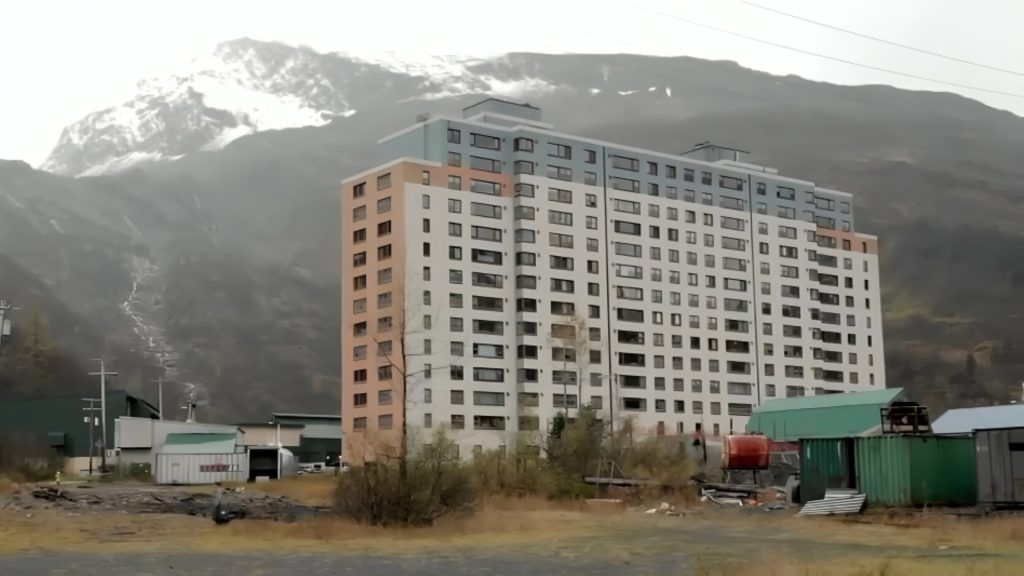
Similarly, in Venezuela, the Tower of David, a massive skyscraper, became home to thousands in need. It’s been left unfinished and abandoned by the government. It has since been transformed into a vertical slum overseen by a former convict.

